o-Tolunitrile
Synonym(s):2-Methylbenzonitrile
- CAS NO.:529-19-1
- Empirical Formula: C8H7N
- Molecular Weight: 117.15
- MDL number: MFCD00001792
- EINECS: 208-451-7
- SAFETY DATA SHEET (SDS)
- Update Date: 2025-01-27 09:38:02
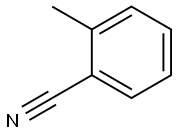
What is o-Tolunitrile?
Chemical properties
clear colorless to slightly yellow liquid
The Uses of o-Tolunitrile
o-Tolyl Cyanide, is a versatile intermediate, used in the synthesis of various pharmaceutical and biologically active compounds. It can be used in the preparation of highly efficient triarylene conjugated dyes for sensitized solar cells
Synthesis Reference(s)
The Journal of Organic Chemistry, 60, p. 2948, 1995 DOI: 10.1021/jo00114a060
General Description
Light blue clear liquid.
Air & Water Reactions
Insoluble in water.
Reactivity Profile
Nitriles, such as o-Tolunitrile, may polymerize in the presence of metals and some metal compounds. They are incompatible with acids; mixing nitriles with strong oxidizing acids can lead to extremely violent reactions. Nitriles are generally incompatible with other oxidizing agents such as peroxides and epoxides. The combination of bases and nitriles can produce hydrogen cyanide. Nitriles are hydrolyzed in both aqueous acid and base to give carboxylic acids (or salts of carboxylic acids). These reactions generate heat. Peroxides convert nitriles to amides. Nitriles can react vigorously with reducing agents. Acetonitrile and propionitrile are soluble in water, but nitriles higher than propionitrile have low aqueous solubility. They are also insoluble in aqueous acids.
Fire Hazard
o-Tolunitrile is combustible.
Purification Methods
Fractionally distil the nitrile, wash it with conc HCl or 50% H2SO4 at 60o until the smell of isonitrile has gone (this also removes any amines), then wash it with saturated NaHCO3 and dilute NaCl solutions, then dry it with K2CO3 and redistil it. [Beilstein 9 IV 1703.]
Properties of o-Tolunitrile
| Melting point: | -13 °C |
| Boiling point: | 205 °C(lit.) |
| Density | 0.989 g/mL at 25 °C(lit.) |
| refractive index | n |
| Flash point: | 184 °F |
| storage temp. | Store below +30°C. |
| solubility | Chloroform (Slightly), Methanol (Slightly) |
| form | Liquid |
| color | Clear colorless to slightly yellow |
| PH | 7 (H2O, 20℃) |
| explosive limit | 1.1-6.7%(V) |
| Water Solubility | <0.1 g/100 mL at 17 ºC |
| Merck | 14,9537 |
| BRN | 1857417 |
| Exposure limits | NIOSH: IDLH 25 mg/m3 |
| Dielectric constant | 18.5 |
| CAS DataBase Reference | 529-19-1(CAS DataBase Reference) |
| NIST Chemistry Reference | Benzonitrile, 2-methyl-(529-19-1) |
| EPA Substance Registry System | o-Tolunitrile (529-19-1) |
Safety information for o-Tolunitrile
| Signal word | Warning |
| Pictogram(s) |
 Exclamation Mark Irritant GHS07 |
| GHS Hazard Statements |
H315:Skin corrosion/irritation H412:Hazardous to the aquatic environment, long-term hazard |
| Precautionary Statement Codes |
P264:Wash hands thoroughly after handling. P264:Wash skin thouroughly after handling. P273:Avoid release to the environment. P280:Wear protective gloves/protective clothing/eye protection/face protection. P302+P352:IF ON SKIN: wash with plenty of soap and water. P332+P313:IF SKIN irritation occurs: Get medical advice/attention. |
Computed Descriptors for o-Tolunitrile
| InChIKey | NWPNXBQSRGKSJB-UHFFFAOYSA-N |
o-Tolunitrile manufacturer
New Products
(R)-1-Boc-3-hydroxypyrrolidine Methyl (R)-1-Boc-4,4-difluoropyrrolidine-2-carboxylate 2,2-Difluoropropylamine hydrochloride tert-butyl 3-bromoazetidine-1-carboxylate DIFLUOROACETIC ANHYDRIDE 2,2-Difluoropropionic acid Diallylamine, 99% Calcium hydroxide, 95% Aluminum oxide, basic 2-Bromophenylacetonitrile, 97% L-tert-Leucine,97% N-Hydroxy-2-methylpropanimidamide 4-(3,4-Dichlorophenyl)-3,4-Dihydro-N-Methyl-1-(2H)-Naphthalenimine (Schiff Base) 2-AMINO-3,5-DIBROMO BENZALDEHYDE [ADBA] L-Glutamic Acid Dimethyl Ester Hcl 10-Methoxy-5H-dibenz[b,f]azepine 5-Cyanophthalide N, N-Carbonyldiimidazole (CDI) Dibenzoyl Peroxide Titanium Dioxide 2-(Methylthio) Benzonitrile Sodium Acetate Anhydrous Allopurinol 1,5-DibromopentaneRelated products of tetrahydrofuran

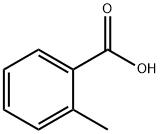

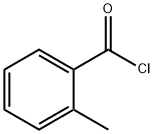



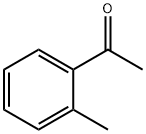
You may like
-
 529-19-1 o-Toluene nitrile 98%View Details
529-19-1 o-Toluene nitrile 98%View Details
529-19-1 -
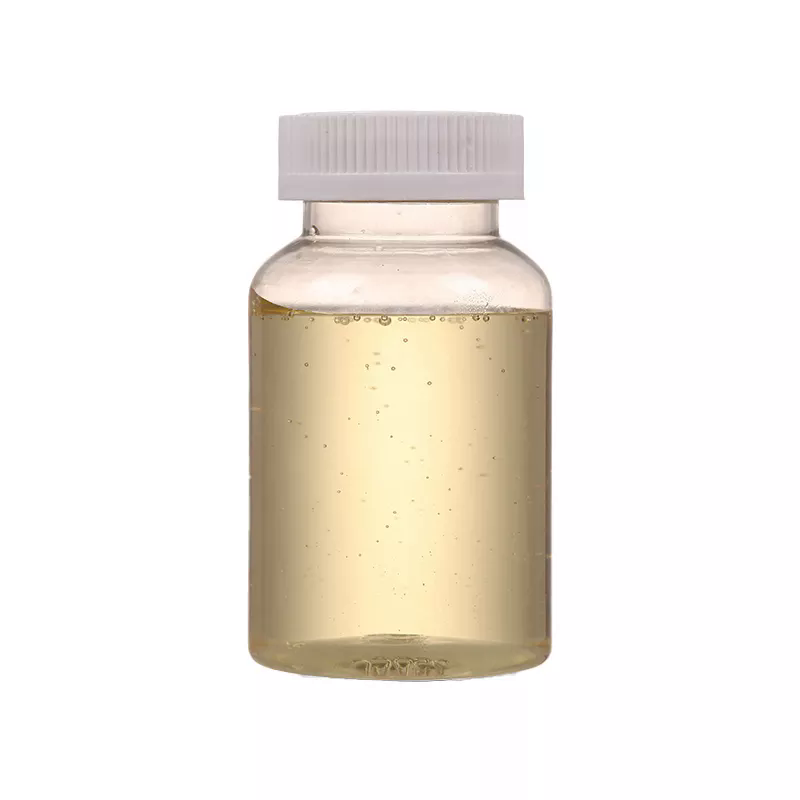 o-Tolunitrile 98%View Details
o-Tolunitrile 98%View Details
529-19-1 -
 O-Tolunitrile 95% CAS 529-19-1View Details
O-Tolunitrile 95% CAS 529-19-1View Details
529-19-1 -
 o-Tolunitrile CAS 529-19-1View Details
o-Tolunitrile CAS 529-19-1View Details
529-19-1 -
 2-Methyl benzonitrile, 97% CAS 529-19-1View Details
2-Methyl benzonitrile, 97% CAS 529-19-1View Details
529-19-1 -
 o-Tolunitrile CAS 529-19-1View Details
o-Tolunitrile CAS 529-19-1View Details
529-19-1 -
 o-Tolunitrile, 98% CAS 529-19-1View Details
o-Tolunitrile, 98% CAS 529-19-1View Details
529-19-1 -
 o-Tolunitrile CAS 529-19-1View Details
o-Tolunitrile CAS 529-19-1View Details
529-19-1
